Architect, PhD in Philosophy (FCSH-UNL), postdoctoral scholar (FAUP).
June 2016
To celebrate the presence of its delegation in France for fifty years, the Calouste Gulbenkian Foundation invites Nuno Grande to think, create and design an exhibition of architecture 2, to be held in Paris, opening doors to the public on April 13th 2016, at the Cité de l’architecture & du patrimoine, under the title “Les Universalistes: 50 ans d’architecture portugaise,” being thus evident its relation to the commission, reaffirmed as well by the reference to the work of Eduardo Lourenço, which rhythmically and ideologically structures the exhibition.
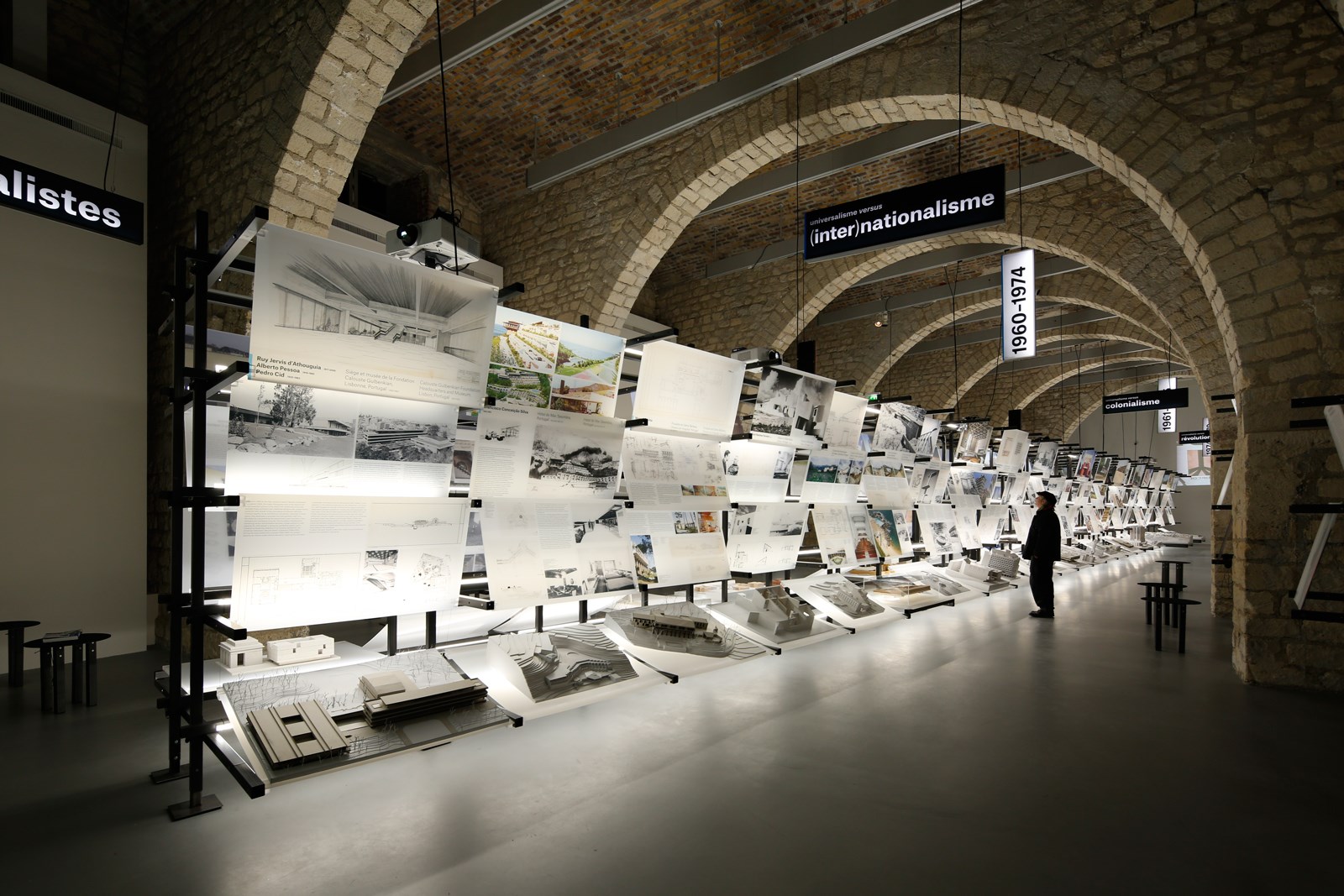
At the beginning of his text, Guy Amsellem, the Cité’s director, sums up the question that seems to anticipate the exhibition and to which it should, hopefully, answer: “Existe-t-il une manière portugaise de concevoir et de pratiquer l’architecture?”3
A first misconception is engendered, especially when moments before Amsellem had evoked Fernando Pessoa. And yet, from that simple question, one is able to immediately understand what the exhibition brings to the debate: the Portuguese identity from a perspective of “universalism,” which the curator grounds in the philosophical thought of Eduardo Lourenço, calling upon, both the curator and the several invited critics, preconceived ideas of heteronomy (of which Fernando Pessoa is the automatic reference), becoming-Other (as if the international quotations, that a Portuguese work of architecture may contain, were the result of a process of becoming) and, above all, of the proper mysticism, that Eduardo Lourenço describes, remaking it and, often, confirming it. The empty objective space left between the side of the room where the excerpts of Eduardo Lourenço’s oeuvre are held and the opposite side, where the works are shown in a technological apparatus, reviving the memory of the international exhibitions of Alvar Aalto 4 in New York or the one of the Eames in Moscow 5 (the international influences at the very exhibition device6), corresponds precisely to the non-existence of a real and effective contamination of the philosophical thought in the exhibition and, consequently, how the Portuguese architecture is perceived.
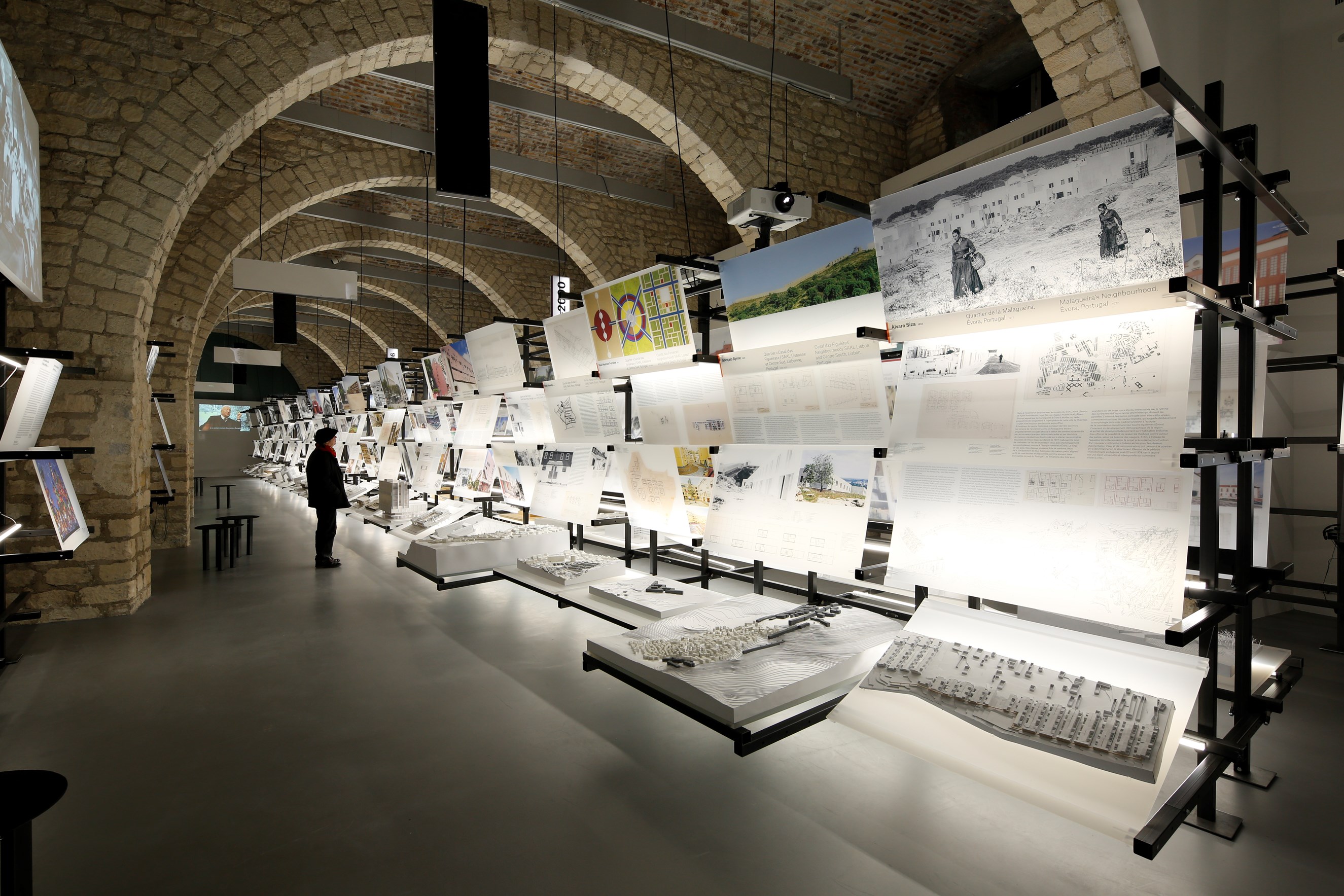
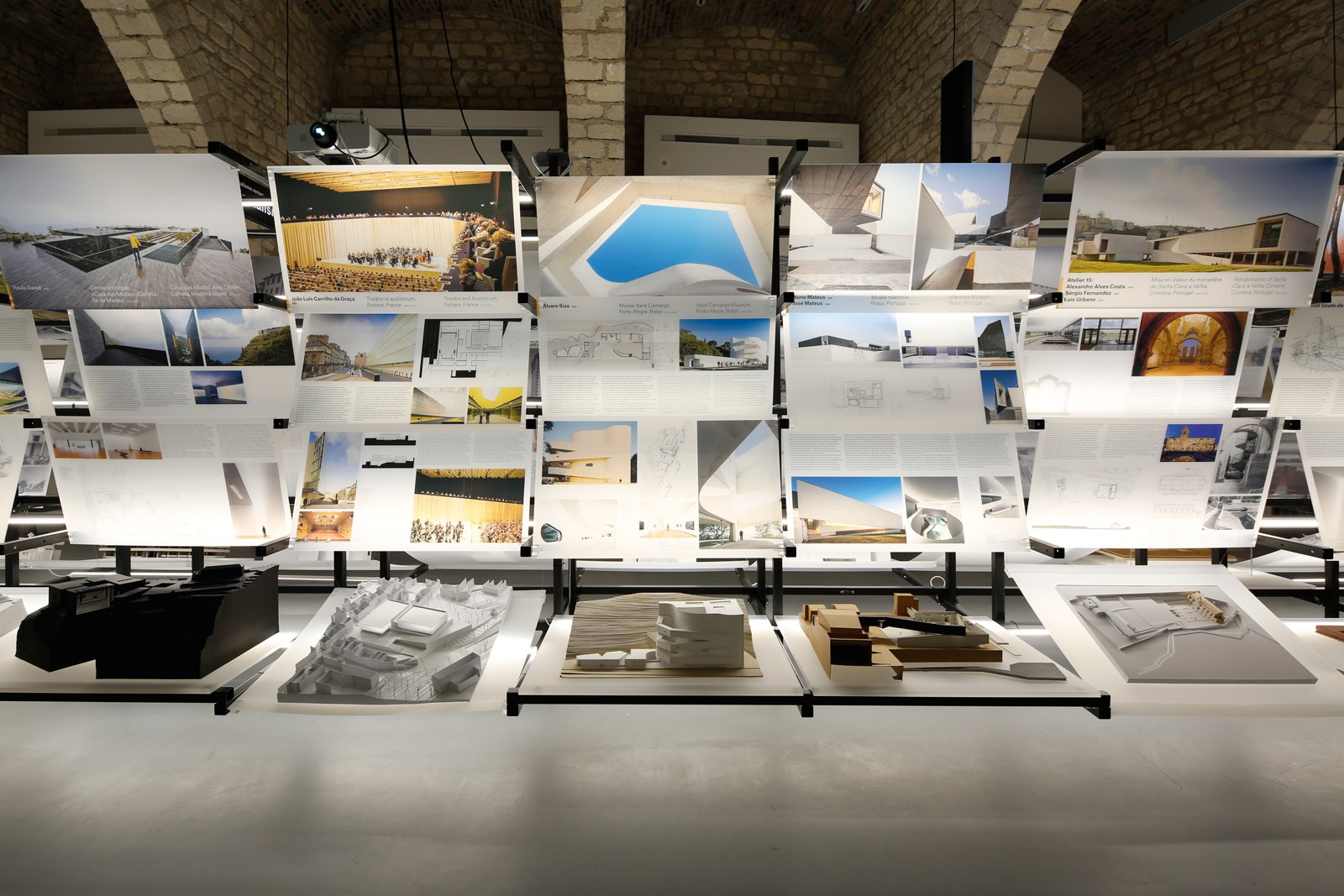
There are definitely several ways of conceiving and practicing architecture by Portuguese architects and the author's style is always defined by lines that are multiplicities, constituting disparate series that may, or may not, communicate between themselves or run through two, three, four heterogeneous works. The multiplicity is not equivalent to the multiple. It is not a unity divided. In it, there are multiple units of different natures, whose coexistence, in a time and space, allow the creation of an original work. Similarly, the identity is not referred to a unity of which the expressions of being defoliate, but to a heterogeneous and indivisible set of expressions of being. As Nijinsky says: “I am an Indian. I am a Red Indian. I am a Negro. I am a Chinese. I am a Japanese. I am a foreigner and a stranger” 7.
The Other is, necessarily, part of the identity. We cannot think about our identity without thinking outside of ourselves, constantly alerting us to the imminent danger, which José Gil denotes in the images that are given to us by the TV news which fabricate a “near-faraway", of the consciousness (that we have of ourselves) emerging as a measure to relativise the Other up to the limit of not being aware of him/her, ending in always understanding the World from the centre of ourselves 8. Who is this Other, which inevitably is part of our identity?
The Other is not the different, nor the opposite, nor the one that is “out there", from whom one has or builds a vague image. The Other (and the Other in us) is what Gilles Deleuze sometimes called meute. We carry in us, and like Nijinsky being it as well, pieces of Brazilian, African, Indian… that act no longer as molar 'entities' (because it is certainly not about 'imitating an African' or 'copying the African way of doing'), but as molecular experiences or micro-perceptions, that trigger new ways of thinking, being and doing. Fernando Pessoa’s heteronomy is precisely explained by the process of becoming-Other 9. In the becoming, as Deleuze explains:
“Ce n’est pas un terme qui devient l’autre, mais chacun rencontre l’autre, un seul devenir qui n’est pas commun aux deux, puisqu’ils n’ont rien à voir l’un avec l’autre, mais qui est entre les deux, qui a sa propre direction, un bloc de devenir, une évolution a-parallèle. C’est cela, la double capture, la guêpe et l’orchidée: même pas quelque chose qui serait dans l’un, ou quelque chose qui serait dans l’autre, même si ça devait s’échanger, se mélanger, mais quelques chose qui est entre les deux, hors des deux, et qui coule dans une autre direction” 10.
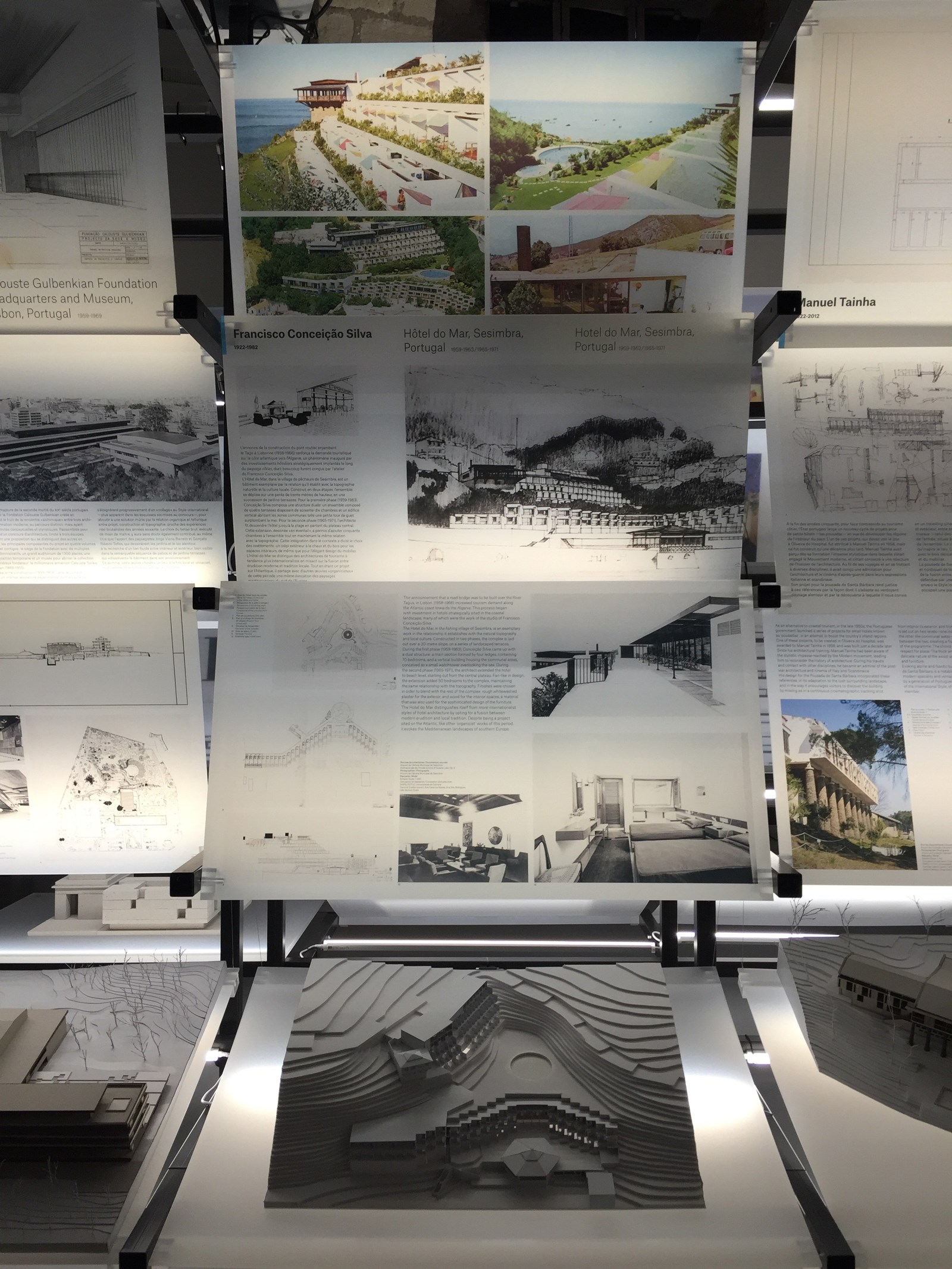
But how does this process of becoming happen for an architect, for example?
Jean-Philippe Vassal, from the French architecture office Lacaton & Vassal, worked for five years in Niger. The experience traversed him with great power, triggering numerous becomings – a becoming-nomad, a becoming-desert, a becoming-orchid – because he knew how to apprehend the events (the desert, the wind, the vegetation, the sand, the African dances…) for the intense matter from which they are made of. With Anne Lacaton, he would later write: “Des images d'Afrique, des souvenirs reviennent: désert, landes, océan, immenses territoires plats où construire est dérisoire, éphémère par la force des choses, et souvent nécessaire. Rencontres, poèmes, émotions. Objets insolites, draps de plastique tendus sur la terre des campagnes, jardins secrets, amitiés, connivences” 11.
And in each one of their works of architecture a fragment of Jean-Philippe’s Africa delivers again, a piece of the Niamey desert, a wind, a danced gesture at the warm sunset, starting with the small hut, in the choice for its implementation or in the three rings that generate its form 12. We can't say at any point, in any moment, that Lacaton & Vassal’s work is African architecture, has African influences or even that it uses certain African buildings as references. It is a new architecture, a singular one, that the two architects invented from singular encounters (becomings) with those events.
Pancho Guedes, “always passing everywhere” 13, between things certainly knew how to become-African, become-desert, become-colour… Which other Portuguese architects knew how to become-Africa, to apprehend and metamorphose the immense intense matter of that absolute territory, inventing a new direction for the Portuguese architecture? Certainly, we are surprised by the humble magnificence of the works in the Portuguese ex-colonies (which contain a life that escapes the exhibition), but we are not able to understand which encounters (becomings) happened to allow the expression of those works and of those very works in that territory. The Other is the one that creates an encounter in us and opens up our eyes to the unknown enormous abyss between what we know of ourselves and what we aren't yet, obliging and forcing us to think. The becoming-Other doesn’t result from a set of references that we import from foreign countries and architectures. The references may even enter the process but they are immediately transformed, metamorphosed into a new matter, innovative and original, in which they cannot be recognised anymore.
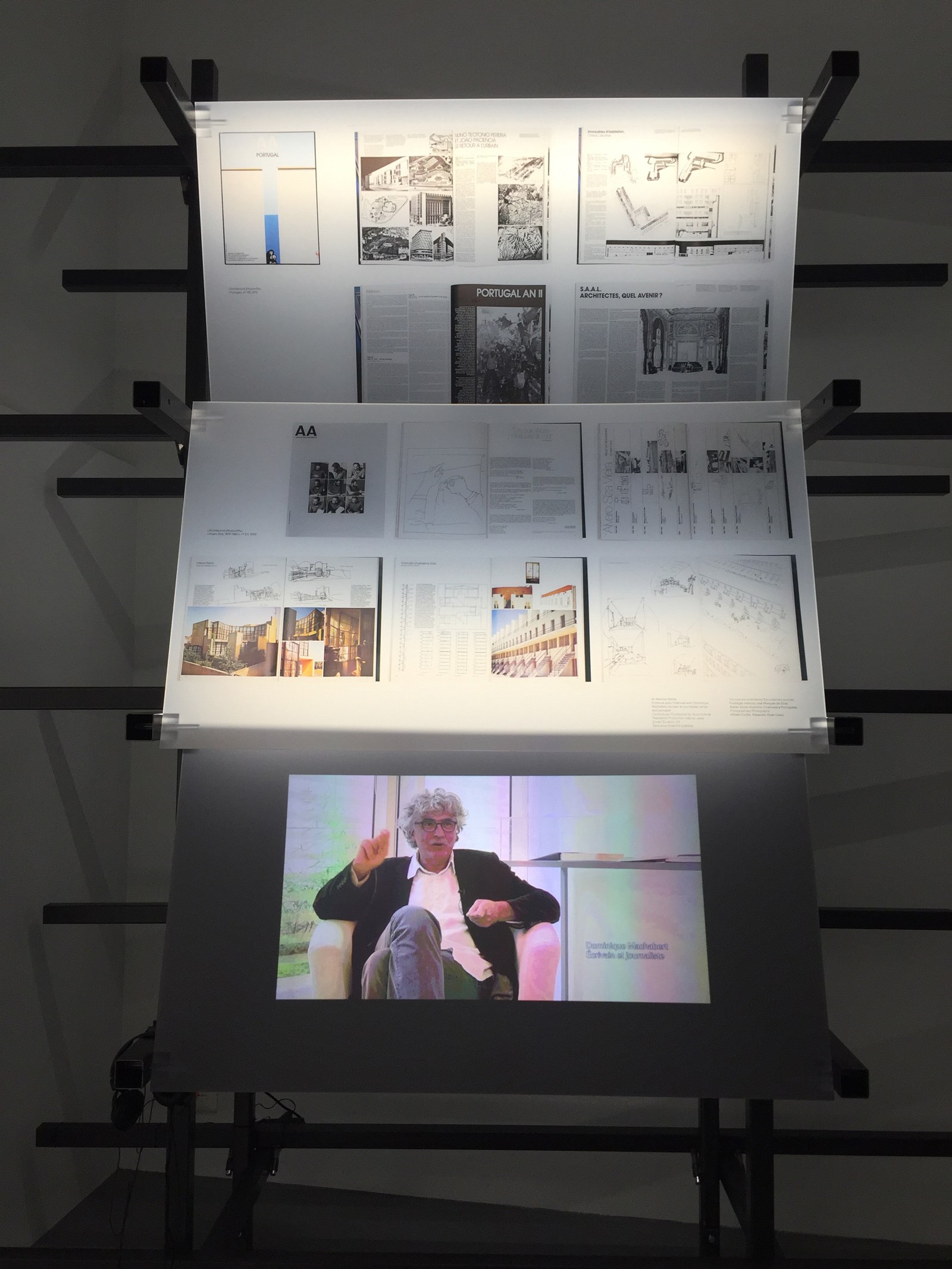
Africa also alerts us to one of the biggest problems regarding the Portuguese identity, inhabiting together with the past of the Portuguese empire, the Revolution of 25th of April 1974, among other events, the space of the non-inscription, as it is described by José Gil. Curiously, the non-inscription is a consequence of the Portuguese mythology or nationalist mysticism, of which Eduardo Lourenço talks in his work, from which place the perplexity that the exhibition “Les Universalistes” provokes. Eduardo Lourenço’s mythology remits to a fabulous image that the Portuguese built of themselves, that belong to a virtual plane of a continuous past, where there always have been particles of certain events (of the Discoveries, colonialism, the April revolution, among others), that have never been or actualised. “It became clear (...) our reason for being, the root of all hope, was to have been” 14 (virtual plane). It was (and is) the nationalist mythology that created (and still creates) the space of non-inscription.
On the contrary, the inscription comes from a 'spirits shaking', a rip that opens up the thought, that makes the consciousness scream, that precipitates an action that we desire and make traverse through us. Albeit Eduardo Lourenço doesn’t name it non-inscription, he rehearses and alerts constantly to this absence of consciousness of the real events and to the consequent immobility of the soul, by which, just as before the images of the 'near-faraway', we follow unchanged and passive. About the colonial war, for example, he reminds us: “If the solution was the one that determinism and the solutions imposed by national and international forces – not to mention equality or the fatal rise of African peoples to independence – the way it was lived and swallowed by the national consciousness is simply astounding. Or would it be, if the fantastic ability which for us has become second nature, of integrating without problems of consciousness what in general provokes in other countries’ peoples insurmountable dramas and tragedies, hadn’t reached among the Portuguese incomparable heights” 15. Even on the transition from the dictatorship regime to the April Revolution, both philosophers are unanimous: we lack apprehending in the body (individual and collective) the actual transformation of this passage: endowing us with “a critical look at what we are and do” 16.Requiring this transformation should be the touchstone of the Paris exhibition, and yet, this one appears to be the architectural expression of the Portuguese non-inscription with two problems that must be emphasised.
When characterising the space of the non-inscription, José Gil counteracts the idea of public space which is, by nature, the space of non-subjectification, where a work, for example, separates itself from its author and enters the anonymous space, passing therein to function as a transforming potency, a force that puts in motion other works and new meanings. “So the public space becomes an indispensable condition for the ‘inside’ to breath. Anything should come from the outside, of an unlimited and intensive, so that the inside can express itself” 17.
An exhibition occupies and, ideally, builds a public space, so that it should carry in itself this “unlimited and intensive,” which allows the opening to this outside so that a transformation also comes from within.
However, “Les Universalistes” delimits a precise circle (what Nuno Grande wrongly misunderstands as a heterogeneous genealogy), limited to certain authors and dated works, dependent on historical circumstances, some of which, curiously, participate in the construction of the fabulated image (because there isn’t even the counterpoint, for example, of the works in the ex-colonies, nor their inscription today, in the work of many architects that still design in those territories), which Eduardo Lourenço describes (without a doubt, the paradox that the exhibition gives expression to).
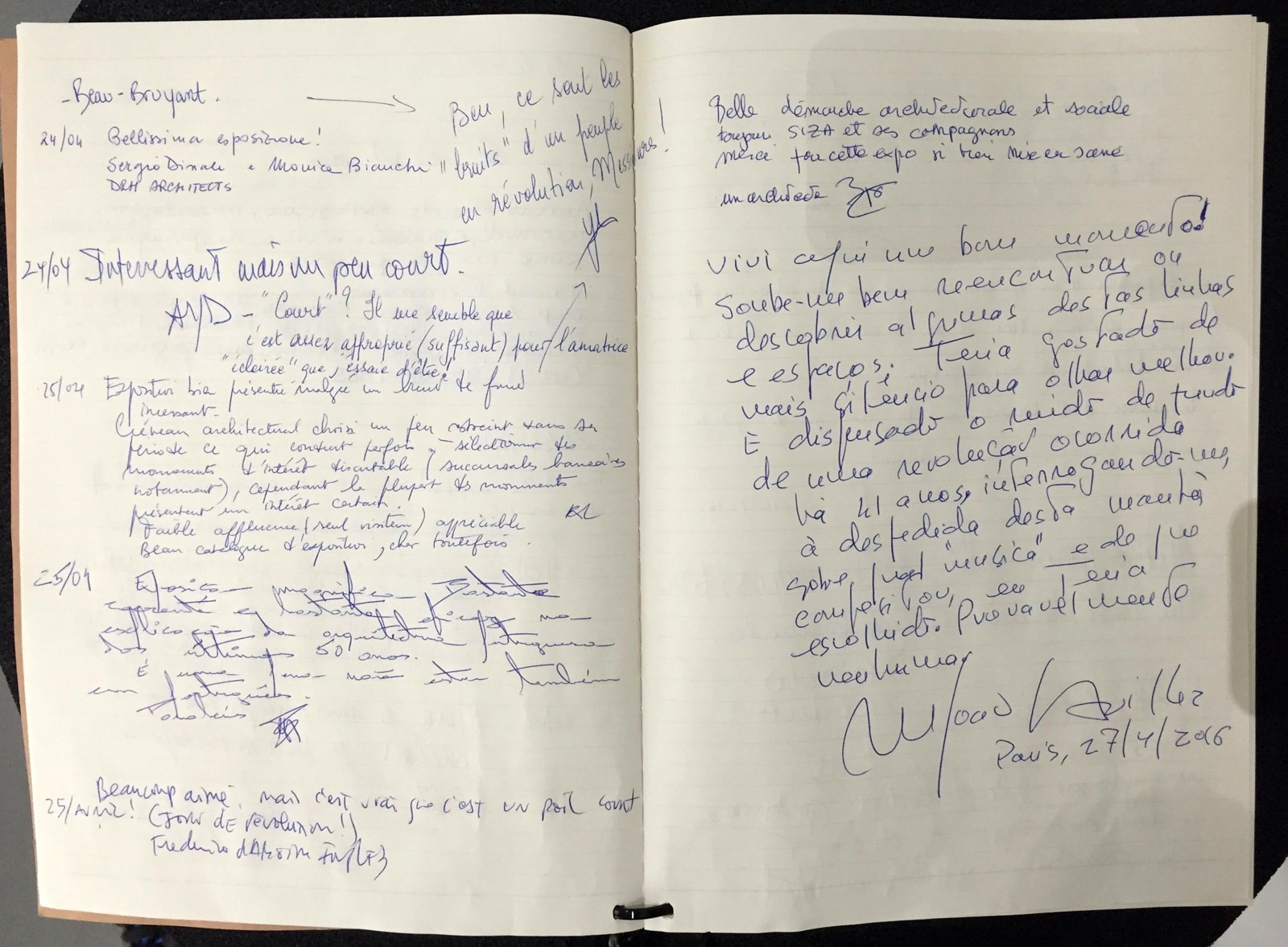
There is no experimentation, nor risk or confrontation: the exhibition fits the normalisation (the second problem), in the straight sense that it produces (we don’t see any other narratives; the difference is just the result of the multiple and never of the multiplicity or even of a process of becoming) or, we would say, in a closed circle, when the same authors of the beginning of the exhibition re-appear, with other works, at the end. A sense that seems equally expressed in the texts of the invited French critics as if we were all Siza’s sons and daughters. “To confirm, to confirm: that is to accumulate tons of more or less subtle arguments and pseudo-ideas. (…) There is no public space because it is in the hands of a few people whose discourse doesn’t make more than feed the inertia and the closing upon themselves of the structure of the relations of power they represent. The places, times, median devices and people form a small static system working busily for its maintenance” 18. Some of the exhibited works were able to break the norms of their times and knew to seek the values of human life in the middle of a dictatorial regime. The inscription of these would be an important sign of hope if it was visible in other contemporary works, many of which were not present at the exhibition.
Sadly, “Les Universalistes” doesn’t encounter the philosophical plane of Eduardo Lourenço (or José Gil), on the contrary, it describes a 'little regression' to the detriment of a becoming-Philosophy of the work of architecture, which would translate into thinking the Portuguese architecture in between the philosophical thought of Eduardo Lourenço as, for example, to think which counter-images the Portuguese architecture forged in those very moments (that the exhibition dates from)? It means that, to fight the very words, to create 'lines of flight' and break the thought, it would be necessary to understand how some of those works appeared in the empty spaces of those events, fighting themselves against the norm, the regime, the impassivity, the immobility of the soul, becoming intensive, inspiring works, transforming engines in a public space, on the outside. Wasn’t that the SAAL works’ character, for example? And, yet, these appear in the Paris exhibition just as they had appeared in the Serralves 19 exhibition: alienated, inserted in a continuous line of any sub-expression of the modern movement without acknowledging, in the real space, their action of transformation and inscription, today. How do the SAAL projects inscribe themselves, today? Under which forms of designing? We don’t know. The exhibition doesn’t reflect on it, doesn’t think about it. There isn’t any inscription of the exhibition itself.
In the end, we are only able to confirm the ideological expression of the exhibition, of constituting itself as a possible retrospective of the last fifty years of Portuguese architecture (reinforced by the interviews and texts of Portuguese guest critics), which does not return the critical view that the very work of Eduardo Lourenço demands, which aligns revolutionary works with others of confirmation and normalisation and, surprisingly, without any tension between them, without creating that public space of which José Gil speaks about.
Our acknowledgments to the Calouste Gulbenkian Foundation (especially to Elisabete Caramelo and the Paris Delegation) and the Cité d'architecture & du patrimoine, for the support.